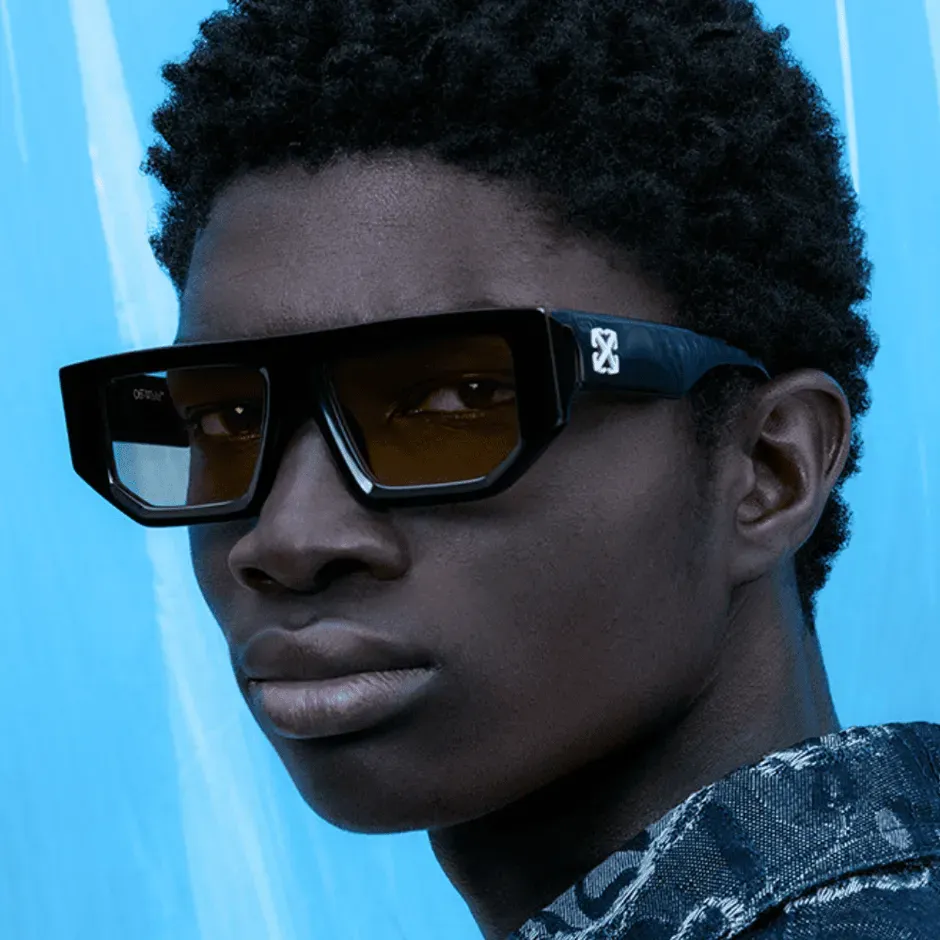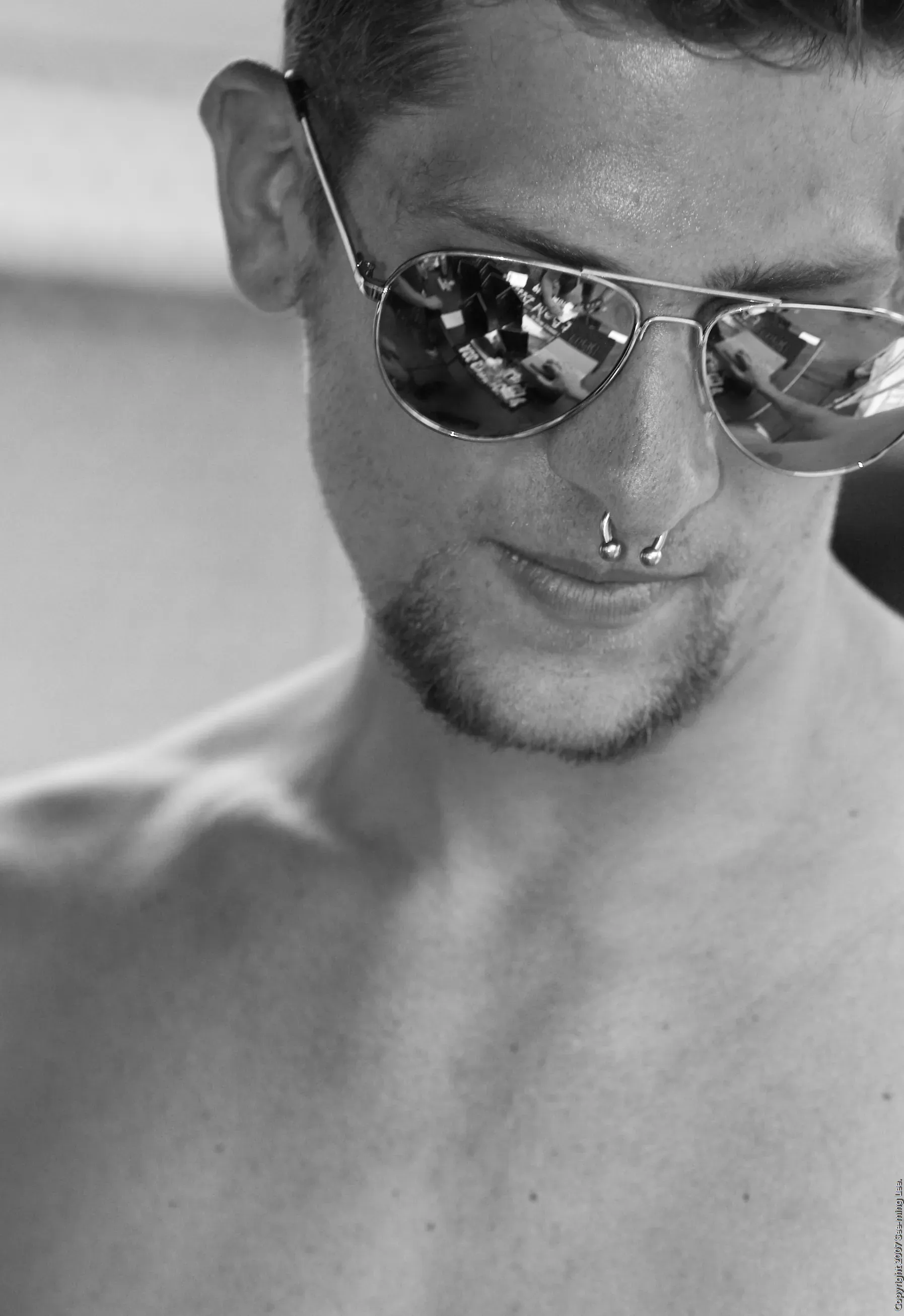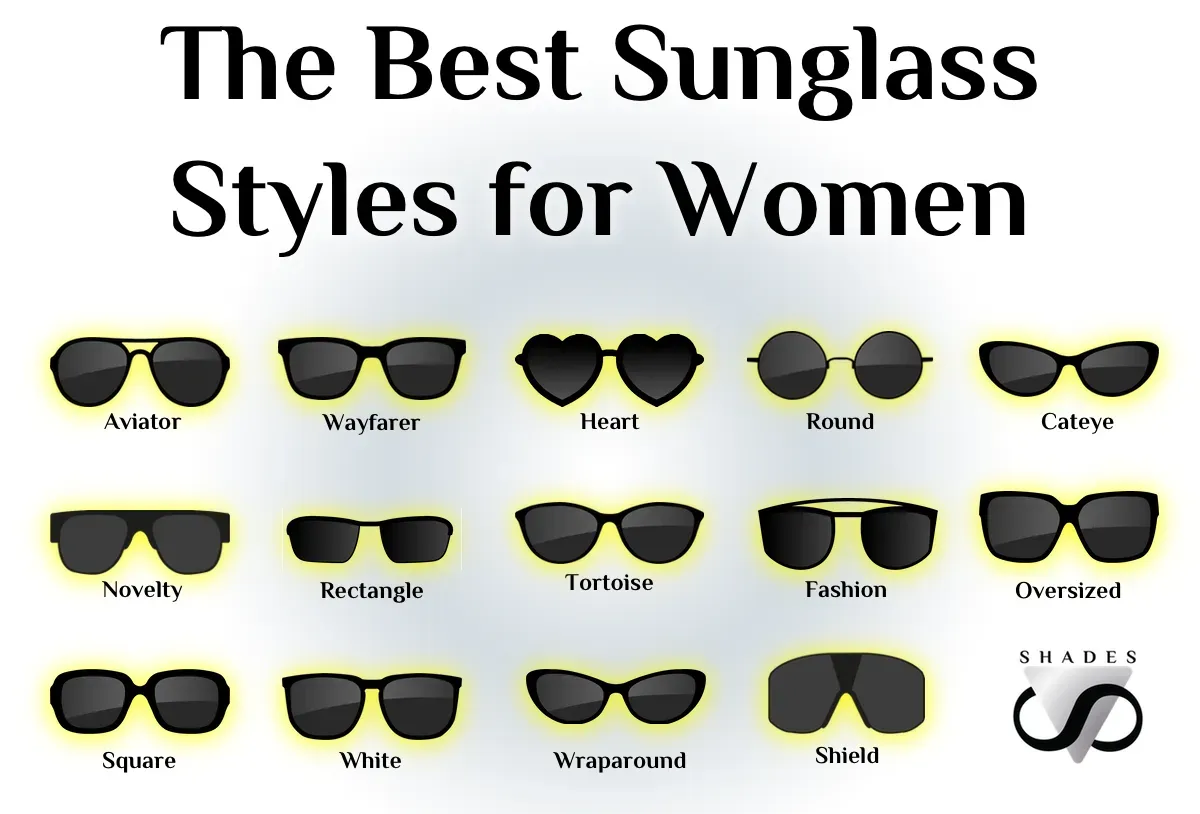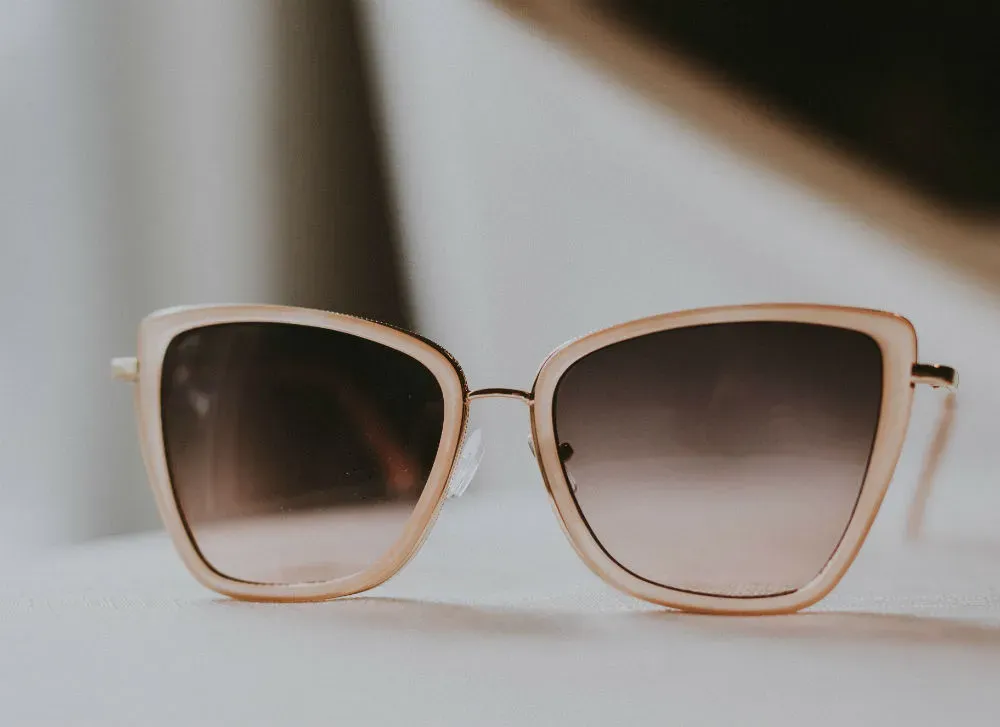Table of Contents
You grab a pair of sunglasses. Maybe they just sit on your nose, blocking the sun. Or perhaps they feel like an extension of your personality, a crucial piece of your look. That difference isn't accidental. It's the work of a sunglass designer. These aren't just artists sketching cool shapes; they are engineers, material scientists, and trend forecasters rolled into one. They figure out how to make something look good, feel comfortable, protect your eyes, and survive being shoved into a bag or dropped on the sidewalk. It's a peculiar blend of high fashion aspiration and practical, everyday reality. You might not think about the person who designed them when you slide them on, but their choices dictate how the world sees you, and how you see the world. This piece pulls back the curtain on that world, exploring the craft, the challenges, and the sheer detail that goes into creating the perfect pair of shades.
The Vision: What Drives a Sunglass Designer?
The Vision: What Drives a Sunglass Designer?
Beyond Just Blocking the Sun
So, you're wondering what makes someone wake up and decide, "Yeah, I'm going to design sunglasses for a living"? It's definitely not just about drawing cool shapes, though that's part of it. Think about it: sunglasses sit right on your face, one of the first things people notice. They frame your eyes, they communicate attitude, they can even hide a rough morning. For a sunglass designer, the drive often starts with this idea of creating something that's both intensely personal and highly visible. They see a gap in the market, maybe a need for better performance in specific conditions, or maybe they just have a vision for a shape or material nobody's used before. It's a blend of artistic impulse and a practical problem-solving itch.
Balancing Form and Function
Now, getting that initial spark onto someone's face? That's where the real work kicks in. A sunglass designer isn't just sketching pretty pictures; they're wrestling with angles, bridge widths, temple lengths, and how different materials react to heat or impact. They have to consider UV protection standards, lens clarity, and how the weight is distributed so they don't slide down your nose every two seconds. It's a constant negotiation between the aesthetic ideal and the unforgiving laws of physics and human anatomy. The satisfaction comes from nailing that balance, creating a piece that not only looks fantastic but performs flawlessly, becoming a go-to accessory someone reaches for every single day.
What fuels that fire? Could be one of these:
- Seeing a gap in the market for a specific style or function.
- An obsession with materials and how they can be shaped.
- The challenge of combining complex technical requirements with stunning aesthetics.
- A desire to create something that becomes an iconic accessory.
- Pure artistic expression, just wanting to make something beautiful.
More Than Pretty Frames: The Technical Side of a Sunglass Designer's Job
More Than Pretty Frames: The Technical Side of a Sunglass Designer's Job
Materials Matter: From Acetate to Aerospace-Grade
Thinking a sunglass designer just picks a color and calls it a day? Think again. The materials they choose dictate everything from weight and durability to how the frame feels against your skin and how well it holds a lens. You've got classic acetate, which can be layered and polished into incredible patterns, but requires careful handling during manufacturing. Then there's metal – stainless steel for strength, titanium for lightweight resilience, even sometimes carbon fiber for that high-tech, minimalist vibe. Each material has its quirks. A designer needs to know how it will mold, how it will age, how it will react to temperature changes, and crucially, how it will survive being sat on. It's a deep dive into material science, not just aesthetics.
Lens Logic: Protecting More Than Just Your Eyes
Here's where the real magic, and the actual eye protection, happens. A sunglass designer spends a surprising amount of time thinking about little pieces of curved glass or polycarbonate. Are they going for polarized lenses to cut glare off water or snow? Do they need specific tints for different light conditions – say, rose for contrast on cloudy days or grey for true color perception? What about impact resistance, especially for sports frames? And the big one: UV protection. Meeting those strict standards isn't optional; it's the core function. They're balancing clarity, color fidelity, protection levels, and how the lens curvature integrates with the frame design without distorting your vision. It's a technical tightrope walk.
Common Sunglass Frame Materials and Their Traits:
- Acetate: Versatile, deep colors, can be handcrafted, but can be brittle if thin.
- Metal (Stainless Steel/Titanium): Durable, lightweight options, sleek profiles, but can bend or scratch.
- Nylon/Plastic: Flexible, impact-resistant, often used for sportier styles, can feel less premium.
- Wood/Bamboo: Unique look, sustainable options, but can be less durable or water-resistant.
Fit and Finish: The Ergonomics of Eyewear
A beautiful frame with amazing lenses is useless if it doesn't fit right. This is where the sunglass designer's understanding of ergonomics comes in. They have to consider average head sizes, nose shapes, and ear positions. Bridge design is critical – too narrow, and it pinches; too wide, and it slides. Temple arms need the right curve and length to rest comfortably over the ears without causing pressure points. Weight distribution is key; a poorly balanced pair feels heavy and annoying fast. Prototypes are crucial here, testing how the frame sits, feels, and stays put during movement. Getting this right is the difference between a pair you love and wear constantly, and one that sits in a drawer. Finding that perfect blend of style and comfort? That's a sign of a truly skilled sunglass designer.
Iconic Styles: Learning from Legendary Sunglass Designer Creations
Iconic Styles: Learning from Legendary Sunglass Designer Creations
More Than Just Trends: Crafting Timeless Silhouettes
When you see a pair of Wayfarers or Aviators, you instantly know what they are. That kind of staying power isn't accidental. It's the result of a sunglass designer hitting a perfect note – a shape that resonates across decades, defying fleeting trends. These legendary designers didn't just follow fashion; they often set it, creating frames that became cultural touchstones. Think about the clean lines, the specific proportions, the way they sit on different faces. It's about understanding not just the aesthetics of the time, but predicting what will feel right years down the line. It requires a deep intuition for form, combined with technical mastery to make that form wearable and durable. Learning from them means dissecting *why* those shapes work – the subtle angles, the bridge placement, the lens shape relative to the frame. It's a masterclass in design longevity.
Case Studies in Cool: Dissecting Iconic Designs
Let's look at some specific examples. The Ray-Ban Aviator, originally designed for pilots, became a symbol of cool rebellion. Its strength lies in its functional origin – the large lenses offering maximum field of vision – combined with a surprisingly elegant wire frame. The cat-eye, popularized in the mid-20th century, played with upward sweeps at the temples, adding a touch of playful glamour and lifting the face. These weren't just random ideas; they were calculated design decisions based on function, fashion, and how light and shadow interact with the face. A skilled sunglass designer studies these classics, not to copy them directly, but to understand the principles that made them iconic. It's about learning the language of eyewear design, spoken fluently by masters of the craft, many of whose timeless pieces you can still find at places like sunglasshub.org.
What makes a sunglass style truly iconic?
- Timeless Shape: It looks good year after year.
- Cultural Impact: It's associated with specific eras or figures.
- Functional Excellence: It performs its primary job (blocking sun) well.
- Versatility: It suits a wide range of face shapes and styles.
- Distinctive Details: Small elements that make it instantly recognizable.
Becoming a Sunglass Designer: The Path and the Pitfalls
Becoming a Sunglass Designer: The Path and the Pitfalls
The Grind: Education, Skills, and Getting Noticed
So, you're captivated by the idea of becoming a sunglass designer? It's not exactly a job posting you find listed next to " barista" or "accountant." The path usually isn't a straight line. Most folks start with a background in industrial design, fashion design, or even engineering. You need a solid understanding of form, yes, but also materials, manufacturing processes, and human anatomy. Getting your foot in the door often means internships, building a killer portfolio that showcases both your artistic vision and your technical chops. It's competitive, fiercely so. You're up against people with similar degrees, all vying for limited spots at established eyewear companies or trying to launch their own ventures. The pitfalls? Underestimating the technical complexity, focusing too much on wild concepts that can't actually be manufactured affordably, or simply not having the resilience to handle rejection and the slow climb.
Finding Your Next Pair: How a Great Sunglass Designer Impacts Your Look
Finding Your Next Pair: How a Great Sunglass Designer Impacts Your Look
Framing Your Face: The Designer's Subtle Magic
Ever try on a pair of sunglasses and they just... don't look right? It's not always your face. Often, it's the sunglass designer's choices clashing with your unique features. A good designer understands how different frame shapes interact with different face shapes. An oversized square frame might overwhelm a narrow face, while a delicate wire frame could get lost on a broader one. They think about where the bridge sits on your nose, how the temples sweep back, and the angle of the lenses. These aren't random decisions; they're calculated moves to enhance your bone structure, balance your features, and frankly, make you look better. It’s like a tiny piece of architecture for your face, and a skilled sunglass designer is the architect.
Beyond Basic Black: Expressing Your Style
Sunglasses aren't just about seeing; they're about being seen. The colors, materials, and unique details a sunglass designer incorporates are all about helping you express who you are (or who you want to be that day). A bold red acetate frame screams confidence. A sleek, minimalist metal frame whispers sophistication. Mirrored lenses add an air of mystery. The designer provides the palette and the structure; you bring the personality. Choosing a pair is like picking an accessory that speaks volumes without you saying a word. It’s a direct line from the sunglass designer's vision to your personal style statement.
How a Designer's Choice Affects Your Look:
- Frame Shape: Can soften sharp angles or add definition.
- Frame Size: Needs to be proportional to your face size.
- Bridge Design: Affects how high or low the glasses sit.
- Color/Material: Sets the tone – classic, edgy, sporty, etc.
- Lens Tint/Finish: Changes perception and adds personality.
The Confidence Boost: Feeling Good in What You Wear
Ultimately, the best pair of sunglasses isn't just about how they look to others, but how they make *you* feel. When a sunglass designer gets it right – the fit is comfortable, the style feels authentic to you, and the lenses actually work – you feel good. You stand a little taller, you might even feel a bit cooler. That boost of confidence comes from wearing something well-made, thoughtfully designed, and perfectly suited to you. It’s a small thing, a pair of glasses, but the impact a talented sunglass designer has on that feeling is anything but.
More Than Just Shades: The Lasting Impact
So, the next time you reach for your favorite sunglasses, maybe take a moment. That blend of style, comfort, and protection isn't magic; it's the result of countless decisions made by a sunglass designer. They navigate the tricky intersection of aesthetics and engineering, trying to predict what you'll want to wear while ensuring it actually works. It’s a field that demands both a keen eye for detail and a solid grasp of physics. The frames you choose, the lenses you look through – they're all part of a deliberate creation. Understanding the craft behind them adds a layer to wearing them, transforming a simple accessory into a piece of considered design that shapes how you see the world, and how the world sees you.
